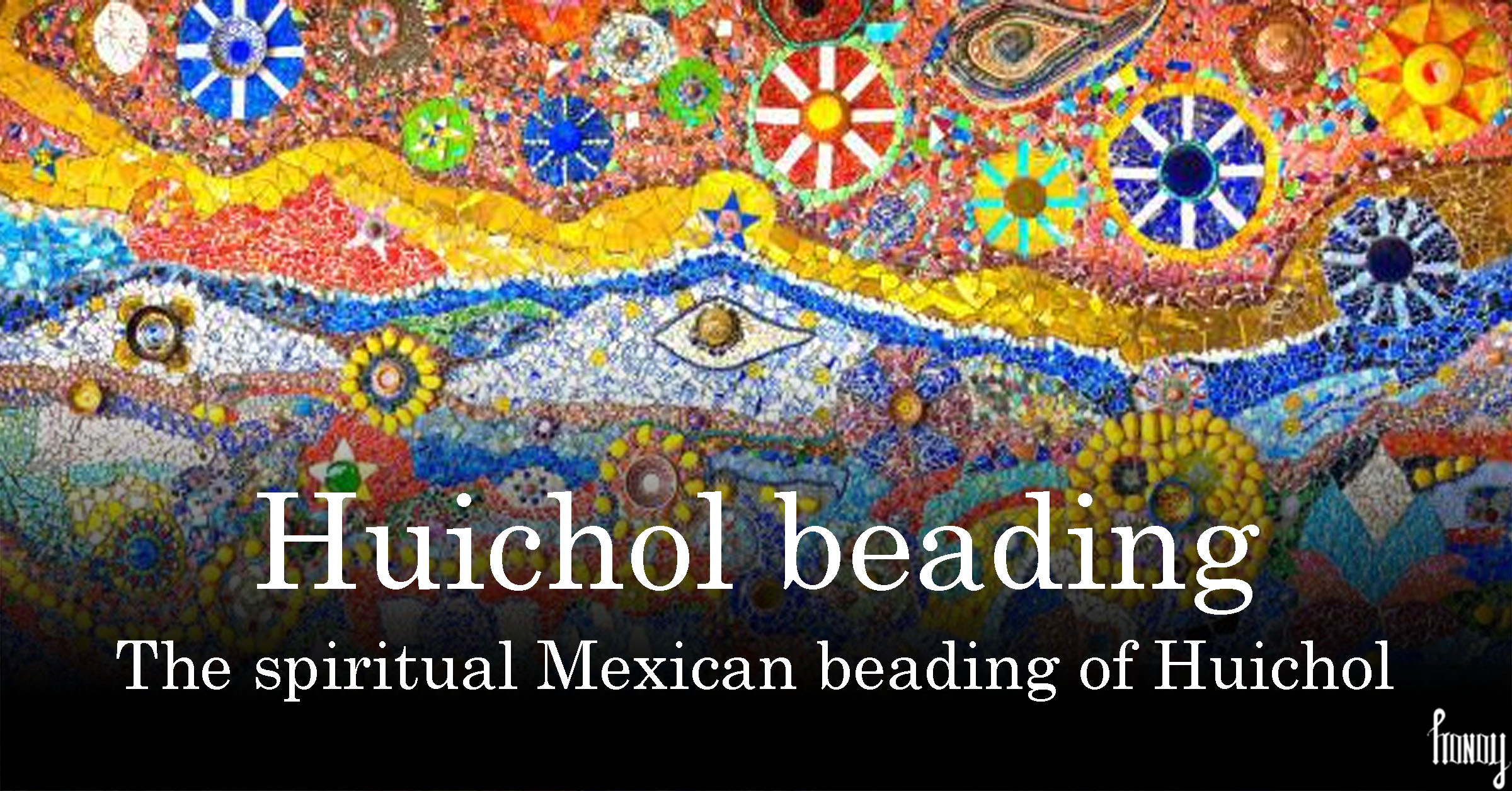Introduction
Mexico is a country renowned for its rich culture, vibrancy of traditions, and artistic expressions that have held the world’s interest for centuries. One of the most captivating and unique forms of Mexican artistry is is the Huichol Beading. Belonging to the indigenous Huichol people of western Mexico, this mind-blowingly and colorful craft is more than just a decorative art form; it’s a deep and spiritual cultural statement that bonds together history, beliefs and creativity. In this blog post, we’ll delve into the fascinating world of Huichol beading.
The Huichol People
Before we take a deep look into the history and art of Huichol beading, it’s imperative that we understand the people behind this beautiful craft. The Huichol, also known as the Wixáritari, are an indigenous group of people that reside in the Sierra Madre Occidental mountains of Mexico. They have done a tremendous job of preserving their traditional way of life for generations, including their unique caftsmenship.
Symbolism and Spirituality
Huichol beading is far more than just an aesthetic endeavor; it carries deep spiritual significance. Each beadwork piece is a reflection of the Huichol worldview, which fosters the belief that everything in the mortal world possesses a spiritual connection. The intricate patterns and motifs in their beadwork are imbued with symbolic meaning, often representing elements of nature, gods, and myths.
The Process
Creating Huichol beading fabrics is a painstaking and time-consuming process. It begins with the creation of a wooden base, which is coated with a mixture of beeswax and pine resin to form a sticky surface. The artisan then meticulously places tiny, colorful glass beads onto this surface, pressing them into the wax to ensure they adhere firmly.
The designs can range from geometric patterns to intricate depictions of animals, plants, and gods. These patterns are typically passed down through generations, with each artist adding their unique flair to the traditional designs.
Colorful Creations
Huichol beadwork is prized for its brilliant and vibrant color schemes. The beads used in this art form are often imported from the Czech Republic and Japan, and they come in an array of dazzling hues. The use of such a wide spectrum of colors allows Huichol artisans to create stunning visual effects, making their beadwork truly stand out.
Contemporary Significance
In recent years, through the efforts of concerned patrons Huichol beadwork has gained recognition far beyond the remote mountains of Mexico. It is now seen as a symbol of indigenous pride and cultural resilience. Many Huichol artisans have found success selling their creations both locally and internationally, which has provided economic support and growth for their communities.
Preserving Tradition
While modernization has brought changes to the Huichol way of life, their commitment to preserving their cultural heritage remains steadfast. Huichol beadwork is a prime example of this dedication to tradition. By continuing to pass down their artistic skills and knowledge through generations, the Huichol people ensure that their unique cultural identity endures. People who are willing to learn more about this fascinating world of Huichol can visit this exhibit.
Conclusion
Just like Mexican Otomi craft Huichol beading is a testament that crafts transcend mere decoration purposes, offering a window into the spiritual world of this ancient civilization. As we bathe in the beauty and intricacy of Huichol beadwork, we also bow down to the resilience of indigenous cultures which sacrifice and struggle to preserve their traditions and enriching the global tapestry of human creativity. Huichol beading is a shining example of how art can serve as a bridge between the past and the future. As new designers and he modern world embraces this tradition, we will see wonders that this artform from Mexico brings.





























Pingback: Powerful Mexican embroidery Otomi in 5 mins